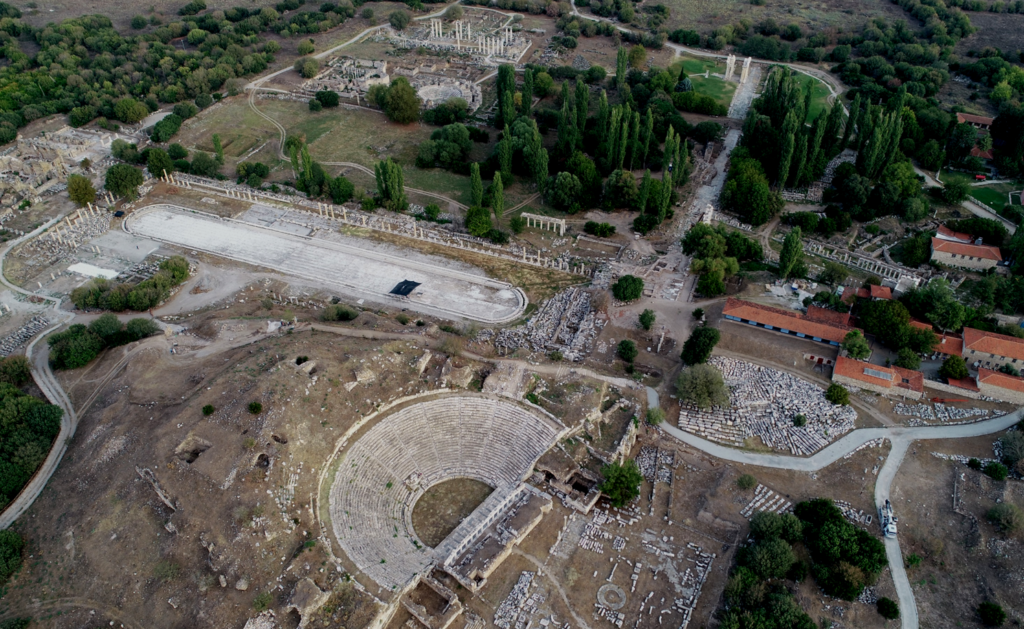
Aphrodisias is a remarkably preserved Roman-period city in ancient Caria, SW Türkiye, which was famous in antiquity for its sanctuary of Aphrodite and its marble sculptors. Known to tourists and travellers since the 18th century, it has been the subject of scientific exploration since the early 20th century. New York University has conducted extensive excavations since 1961 under the aegis of the Turkish Ministry of Culture and Tourism, and since 1995 with the collaboration of Oxford University.
Aphrodisias was inscribed on the UNESCO World Heritage List in 2017.
The excavated monuments of Aphrodisias and their associated sculptures and inscribed texts document the social history and visual culture of an ancient city in unusual detail. They shed valuable light on larger issues such as the interaction of Greek and Roman cultural ideas, the functioning of empire, religious conflict and accommodation, and the transition from Antiquity to the Middle Ages. Aphrodisias makes a major difference to our understanding of the ancient world.
The site has been investigated continuously by the current New York University project since 1961, first under the direction of the late Professor Kenan Erim, and since 1991 under that of Professor R.R.R. Smith.
The current project focuses on documentation and conservation of previously excavated monuments, on targeted new excavation, on anastylosis of key monuments, and on scientific research and publication.
The project is sponsored by New York University, Oxford University, and since 2024 by Bilkent University, together with loyal supporters’ groups the Geyre Vakfı in Istanbul, the Friends of Aphrodisias Trust in London, and the Aphrodisias Sevenler Derneği in Izmir, as well as by generous individuals and cultural foundations, including pladis, the 1984 Foundation, the Augustus Foundation, the Malcolm Hewitt Wiener Foundation, the Headley Trust, the Leon Levy Foundation, Shelby White and Leon Levy Program for Archaeological Publication, Loeb Classical Library Foundation, and the British Institute of Archaeology in Ankara.
Current work is focused on the Tetrapylon Street, the Sebasteion complex, and on the investigation of a range of houses under the heading of a new project called ‘Housing and Urban Living at Aphrodisias’.
Project website : https://aphrodisias-excavations.com
